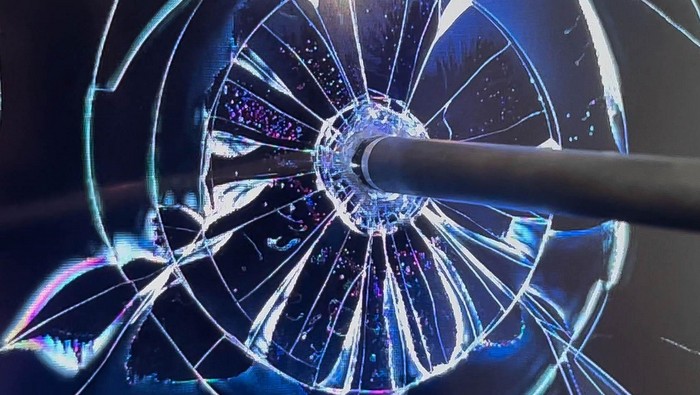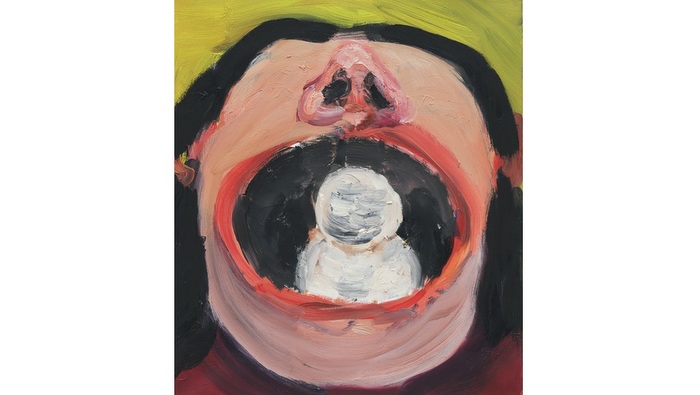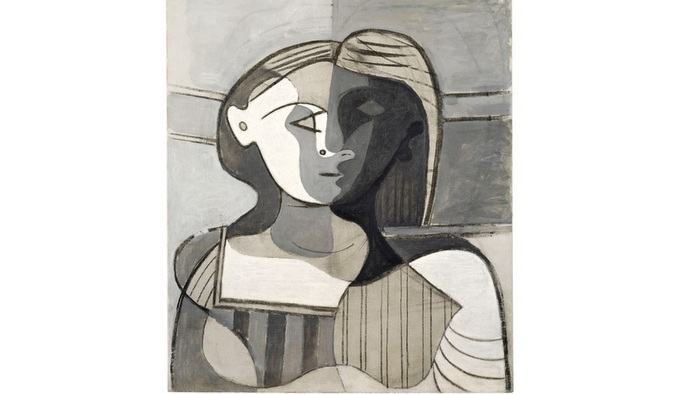Kiyomizu, the third son of Tsukamoto Takejuro, was born in Nagoya in 1922. After fighting in the Battle of Okinawa, he was discharged from the army and studied metal casting at Tokyo University of the Arts (and prior to that at its precursor, Tokyo Fine Arts School). In 1951, Kiyomizu entered the world of ceramics as the adopted heir of Kiyomizu Rokubey VI. As he gained recognition, however, Kiyomizu grew increasingly interested in the relationship between things and spaces, and in 1966, he showed his first sculptural works. In 1968, Kiyomizu adopted the name Kyubey, distanced himself from ceramics, and began devoting himself to sculpture, primarily made with aluminum. Kiyomizu’s works, which came to be installed on sites throughout Japan, exude his creative ethos of achieving an affinity between structure, material, and space.
When Rokubey VI suddenly died in 1980, Kiyomizu assumed the name Rokubey VII. In his works as Rokubey VII, Kiyomuzu intentionally utilized the physical properties of clay and the distortions that arose in the firing process. Based on these experiences, Kiyomizu forged works that combined ceramic and aluminum, or washi paper and lead crystal, signaling a new phase in his career as Kyubey / Rokubey.
In addition to ceramic works and sculptures, this exhibition, made up of approximately 170 works, includes related documents, such as Kiyomizu’s photographic works, and drawing plans and maquettes for his sculptures, in a retrospective that spans his entire life.
Exhibition dates
2022.7.30 sat. - 9.25 sun.
Hours
10:00 AM – 6:00 PM
*Fridays: 10:00 AM – 8:00 PM
*Admission until 30 min. before closing
*Opening hours is subject to change, due to the prevention against COVID-19 pandemic.
Please check the updated information, before your visit.
Organizer
The National Museum of Modern Art, Kyoto
The Kyoto Shimbun
Cooperated byKiyoroku Co., Ltd.
Sponsored byKyoto Foundation for Visual Culture
Related Publications

Leo Pum presents HYPER LIKE at HYPER HOUSE
December 18, 2025
Aargauer Kunsthaus. Klodin Erb. Curtain falls dog calls
December 17, 2025












